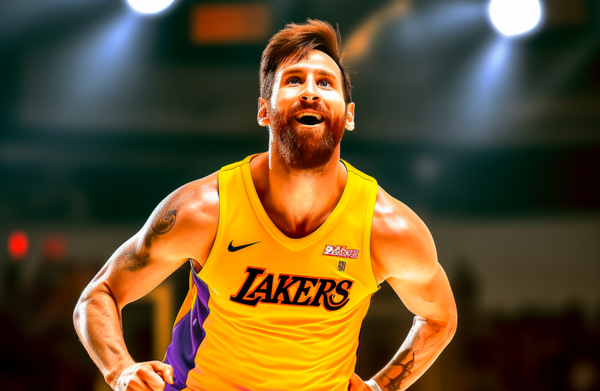Understanding the Economics of Sports Media Rights

Sports media rights have become a significant aspect of the sports industry, with deals and network economic models adapting to the digital age[1]. The value of sports media rights has been growing, reaching $55 billion in 2022, and is expected to surpass $60 billion in the next two years[6]. This article aims to provide an overview of the economics of sports media rights and inspire readers to think differently about the topic.
👀 Key Takeaways
- Sports media rights deals have increased by about 4.5% annually from 2014 to 2018[2].
- Comcast was the largest buyer of sports broadcast rights worldwide, with a spending share of 21.3% in 2022[3].
- Live sports have become a valuable commodity for major networks and streaming services[6].
- The global value of sports media rights is expected to surpass $60 billion by 2024[12].
- The digital trend in sports media consumption is here to stay, with streaming becoming a more acceptable way of reaching sports fans[1].
🔍 Market Trends
- Shift from traditional cable bundles to alternative pay TV services and streaming platforms[1].
- Intensifying competition in the media market, driving up the pricing of sports media rights[2].
- Growing premium on live sports content[2].
- Tech companies like Apple showing interest in acquiring sports media rights[10].
- Increasing focus on data and customer lifetime value (CLV) to drive new value for rightsholders[12].
🏆 Top Businesses
- Comcast: Largest buyer of sports broadcast rights worldwide, with a spending share of 21.3% in 2022[3].
- Disney/ESPN: Second-largest buyer of sports broadcast rights, with a significant presence in the sports media industry[3].
- DAZN: Rapidly growing sports streaming service, reaching a 6.6% share of sports rights expenditures in 2022[3].
🧩 What If Scenarios
- What if tech companies like Apple and Amazon acquire more exclusive sports media rights, disrupting the traditional media landscape[10]?
- What if sports leagues and organizations create their own streaming platforms, bypassing traditional broadcasters[5]?
- What if the increasing value of sports media rights leads to a bubble that eventually bursts, causing a significant market correction[12]?
💡 Idea Generation
- Leverage data analytics to optimize fan engagement and drive higher value for sports media rights[12].
- Explore partnerships between sports organizations and tech companies to create innovative streaming experiences[5].
- Develop specialized streams for sports betting, opening new revenue streams for sports media rights[10].
- Experiment with new technologies like virtual reality and augmented reality to enhance the sports viewing experience[5].
- Encourage collaborations between traditional broadcasters and streaming platforms to create hybrid models for sports media rights distribution[7].
🔮 Future Impact
- Traditional broadcasters may lose ground to big tech companies in the sports media rights market[7].
- Consolidation in the traditional media industry may occur to stay competitive in the rights market[7].
- The focus on data and CLV will transform sports media rights and drive new value for rightsholders[12].
- The shift to streaming platforms will continue, with more sports organizations exploring direct-to-consumer models[1].
As the sports media rights landscape continues to evolve, stakeholders must adapt to the changing market dynamics and embrace new opportunities. By understanding the economics of sports media rights and staying ahead of the trends, the industry can continue to thrive and deliver exciting experiences for fans worldwide.





